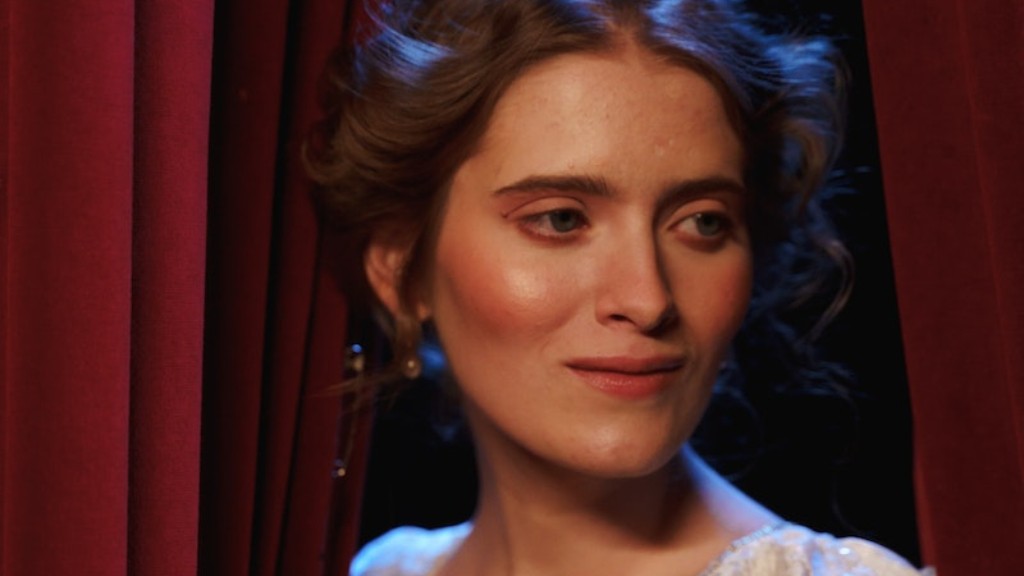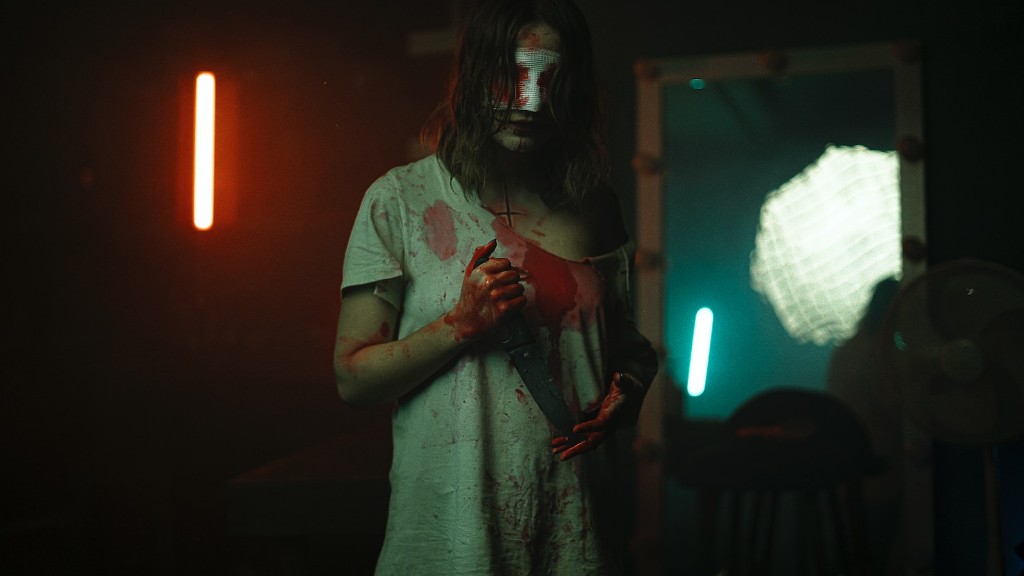Women characters have long been a staple of superhero movies, but the contrast in terms of representation between men and women has been huge. It is only recently that we have seen a more balanced representation of women characters take center stage in these movies. Through a realistic look at women’s representation in superhero movies, we can gain a greater understanding of the progress that has been made, where further progress needs to be made, and how we can create a more equal playing field.
Almost three-quarters of all protagonists in superhero movies were male between the years of 2008 and 2020. This is compared with around a quarter of female protagonists, representing a stark disparity in gender representation. Not only that, but men are more likely than women to take on the mantle of being the hero in movies, while an overwhelming majority of female characters are depicted as female victims, sidekicks and comic relief. In addition, when women characters are given central roles in superhero movies, they are often depicted as romantic interests rather than being portrayed as strong and independent characters.
Furthermore, even when female characters do have equal and prominent roles, they are often subject to artistic changes which are designed to make them more appealing and attractive to the male eye. These changes often go beyond changes to the characters’ appearances and extend to changes to the characters’ personalities and backstories. This reinforces traditional gender stereotypes and has a detrimental effect on the way women are perceived and represented in popular culture.
The recent surge in the popularity of female-led superhero movies is indicative of a change in attitude. It has become easier for filmmakers to create movies featuring female protagonists, while more people are using the power of their voices and wallets to demand greater representation of women in the superhero genre. Moreover, the success of the latest female-centric superhero movies shows that there is a large and growing market for such stories.
However, there is still much work to be done in terms of achieving equality in representation. As well as more female protagonists in superhero movies, there also needs to be more diverse representation amongst the cast and crew. Women filmmakers and writers need to be given more opportunities to share their stories and ideas, while diverse ethnic backgrounds need to be more accurately represented.
It is clear that the representation of women in superhero movies has come a long way, but there is still a long way to go before we see true equality in terms of characters, storylines and crew. Despite this, it is important to remain optimistic for the future and to support initiatives which fight for greater representation in the superhero genre. It is only through the collective efforts of fans, filmmakers and studios that we can create a more equitable and representative superhero movie industry.
Changing The Perception
When it comes to the representation of women in superhero movies, much of the progress made in recent years has been in changing the way that female characters are viewed. This includes portraying them not just as victims or romantic interests, but as strong, independent characters who have a powerful presence on the big screen. For example, Wonder Woman is a strong female character who has overcome many obstacles to become an iconic superhero, while Captain Marvel is a highly successful female superhero who has her own story and agency.
In addition to changing the perception of female characters, there have been changes to their physical appearances too. The image of ‘perfect’ female characters has been replaced by more realistic physical representations, while more costumes and make-up which empower female characters rather than sexualizing them are now used. This is providing female characters with a greater level of autonomy and freedom within their respective stories.
Furthermore, many female emotion-based traits which have historically been seen as weaknesses, such as empathy and vulnerability, are no longer viewed as such. Instead, they are being seen as strengths and characters like Black Widow, Frozone and Gamora are being depicted as strong, complex and fully-fleshed out characters. This is a positive step in terms of the representation of women in superhero movies and is indicative of a shift in attitudes towards female characters.
Finally, it is also important to note that changes are also taking place behind the scenes. Increasingly, big budget superhero movies are being written and directed by women and people from diverse ethnic backgrounds. This is providing viewers with a much wider range of stories and perspectives and is helping to create a more equal and diverse superhero movie industry.
Humanizing Women Superheroes
One of the biggest challenges for female characters in superhero movies is humanizing them. This is because female characters are often portrayed as one-dimensional, and their stories are often focused on their physical objectives with little attention being paid to their psychological state. This is in stark contrast to male characters who are often provided with greater depth and detail.
As well as giving female characters more depth and complexity, it is also important to give them flaws and weaknesses. This makes them more human and provides viewers with characters that they can relate to and empathize with. For example, Wonder Woman has a vulnerable side which is explored in her latest movie, while Black Widow’s struggle with her own personal demons is explored in Avengers: Endgame. Both of these examples show that female characters can have flaws and weaknesses, and are still strong, powerful characters.
Finally, it is important to give female characters character arcs which are not solely based on their physical objectives but which explore their psychological state and provide insight into their inner lives. Black Widow’s character arc in Avengers: Endgame is an excellent example of this, as it provides viewers with a greater understanding of her motivations, fears and regrets. This has a huge impact on the way female characters are viewed in the superhero genre and helps to humanize them.
Closing The Gender Gap
When it comes to closing the gender gap in terms of representation in superhero movies, there are several initiatives which studios and filmmakers can take advantage of. One such initiative is to hire more women directors and writers and to ensure that female characters are given equal prominence in the stories. This could include writing female characters into stories which traditionally feature male protagonists and providing female characters with the same amount of screen time as their male counterparts.
In addition, more diverse casting decisions need to be made, with people of all backgrounds and ethnicity being represented. This also includes providing opportunities to older female actors and providing opportunities for more female directors of color. Finally, initiatives need to be put in place to ensure that female characters are given equal access to powerful roles and storylines.
These initiatives are important for creating a more equal playing field when it comes to female representation in the superhero genre. However, it is also important for the progress to be monitored and for the success or failure of initiatives to be tracked. This is essential in order to ensure that the progress made so far is not lost and that further progress is made in the future.
The Effects of Female Representation
The more positive representation of female characters in superhero movies has far-reaching implications, not only in terms of how these characters are viewed and represented but also in terms of how female viewers perceive themselves and their capabilities. For young girls, seeing strong, intelligent and courageous female characters can help to build confidence and a belief in themselves and their own potential, as well as inspiring them to pursue their dreams.
In addition, increased representation of women in superhero movies shows that women can be just as heroic and capable as men. This is highly reparative, as it provides an image of female characters which goes against the traditional stereotypes and provides viewers with the opportunity to see women as strong and capable.
Finally, seeing positive female representation in superhero movies can also be beneficial to male viewers. Being exposed to strong, courageous female characters can help to counter traditional gender stereotypes and can challenge prevailing notions of what it means to be a ‘real’ man. This can then help to create more positive views of masculinity.
Exploring Female-Led Stories
Though much progress has been made in terms of female representation in superhero movies, there is still much more to be done. One way to further this progress is to create more female-led stories. This provides female characters with their own personal journeys away from the male hero’s, allowing them to become the driving force behind the story and provide viewers with an insight into their unique perspectives and experiences.
Recent movies such as Captain Marvel provide excellent examples of female-led stories and there is an opportunity for more of these stories to be told. However, it is important for female-led stories to be as varied and complex as their male counterparts. Stories should not be limited to stories of romance and redemption, but should explore a wide range of topics and issues such as mental health, trauma, politics and power.
This can be achieved by providing female characters with more agency and giving them the power to choose their own destiny. By doing this, filmmakers can create stories which challenge traditional gender roles and assumptions and which provide viewers with new and more nuanced perspectives.
Expanding Representation
For female representation in superhero movies to be both meaningful and effective, it is important for there to be an expansion of the type of female characters in these stories. This includes an increase in the amount of female villains. As well as providing viewers with a different type of female character, female villains can also be used to explore a range of moral and ethical issues.
In addition to increasing the range of female characters, there should also be an expansion of the genres of superhero movies. This can include superhero movies which focus on comedy, horror and sci-fi, as well as exploring different types of stories and themes. This provides female characters with a greater range of roles and stories and allows female viewers to enjoy a wider range of stories.
Finally, female representation in the superhero genre should also be expanded to reflect different perspectives and experiences. This includes expanding the representation of women from different backgrounds, such as women of color and LGBTQ+ women, as well as acknowledging intersectional identities. This includes ensuring that female characters from these backgrounds are given equal and prominent roles in superhero movies.
Creating Conscious Change
Making conscious changes to the representation of female characters in superhero movies is essential for creating an equal and equitable playing field. This includes challenging gender stereotypes and providing female characters with greater autonomy and power, as well as providing them with more complex and varied storylines and characters arcs.
Additionally, increased representation of female crew members behind the scenes is also essential. This not only increases the number of opportunities for female filmmakers and writers, but it also helps to provide a greater level of diversity and nuance in the stories which are being told.
It is only through conscious and concerted efforts that meaningful and effective change can be achieved. This is why it is essential for filmmakers, producers and studios to create initiatives which will help to make the superhero genre more equal, diverse and representative. This can help to create a more tolerable and empowering genre of movies which are for everyone.


